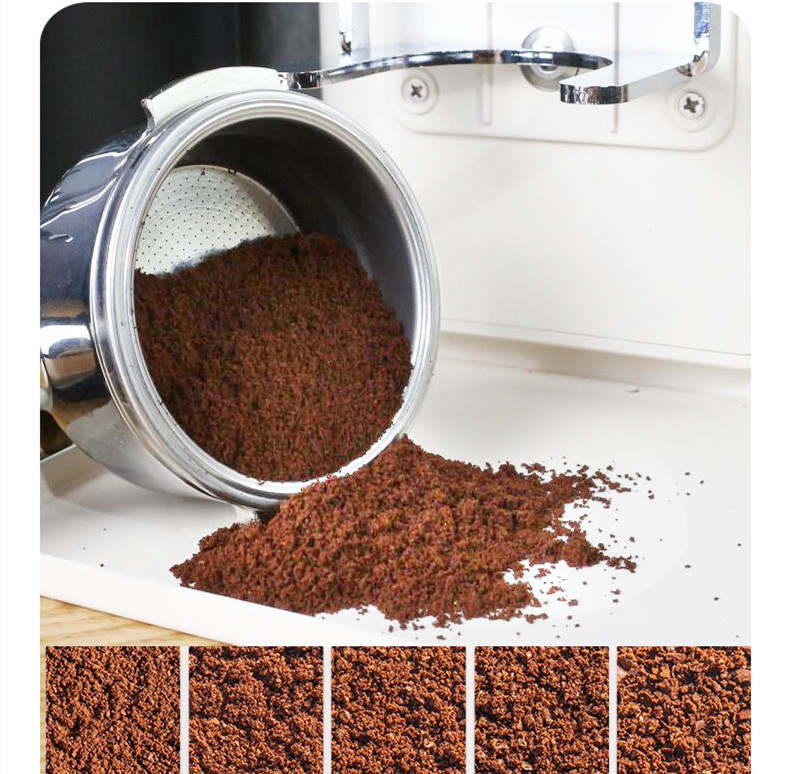Essential Pre-Roast Cleaning and Inspection Steps for Coffee Roasters
Maintaining a clean and functional coffee roasting machine ensures consistent batch quality and prevents equipment malfunctions. Prior to each roasting session, thorough checks and cleaning routines should address residue buildup, mechanical wear, and safety hazards.
Internal Drum and Chute Cleaning Protocols
Residue Removal from Drum Surfaces
Over time, chaff and oil residues accumulate on the drum’s interior, affecting heat distribution and flavor purity. Use a stiff-bristled brush to scrub the drum walls, focusing on crevices near the seams. For stubborn buildup, dampen a cloth with white vinegar (diluted 1:1 with water) and wipe surfaces gently. Avoid abrasive cleaners, which may damage protective coatings.
Chute and Hopper Debris Clearance
The bean chute and hopper often trap dust and fragmented husks. Disassemble removable components and rinse them under warm water. Inspect the chute’s alignment to ensure beans flow smoothly into the drum. A misaligned chute can cause uneven charging, leading to scorched or underdeveloped batches.
Ventilation System Inspection
Clogged vents disrupt airflow, causing overheating and inconsistent roasting. Check the exhaust duct for obstructions like chaff or insect nests. Use a vacuum with a narrow attachment to clear debris from hard-to-reach areas. Ensure the exhaust fan spins freely; a stuck fan reduces cooling efficiency post-roast.
Mechanical and Electrical Component Checks
Drum Rotation and Belt Tension
Manual rotation of the drum before heating reveals potential issues. If the drum resists movement or emits grinding noises, the bearings may require lubrication. Adjust belt tension according to the manufacturer’s guidelines—loose belts slip during operation, while overtightened belts accelerate wear.
Gas Burner and Ignition System Verification
For gas-powered roasters, inspect burner ports for blockages. Use compressed air to blow out soot or debris. Test the ignition system by activating it without beans; a weak spark or delayed ignition indicates faulty electrodes. Replace worn ignition components promptly to avoid gas leaks.
Thermocouple and Sensor Calibration
Inaccurate temperature readings lead to roast inconsistencies. Compare the machine’s displayed temperature with an external infrared thermometer at multiple points (e.g., drum surface, exhaust). Deviations exceeding 5°C warrant recalibration. Clean thermocouple probes with alcohol wipes to remove oil residues that may insulate sensors.
Safety and Environmental Pre-Roast Preparations
Fire Prevention Measures
Chaff buildup near heating elements poses a fire risk. Install a chaff collection system and empty it before each session. Keep a Class B fire extinguisher within reach, and ensure the roasting area is free of flammable materials like paper or fabric.
Ventilation and Air Quality Assessment
Poor ventilation leads to smoke accumulation and respiratory hazards. Check that exhaust hoods direct fumes outward and that carbon monoxide detectors are functional. In enclosed spaces, use a ventilation fan to maintain airflow.
Emergency Shutdown Protocol Review
Familiarize yourself with the machine’s emergency stop mechanisms. Test the button’s responsiveness by pressing it during a cold startup. Ensure all safety guards (e.g., drum access doors) latch securely. Loose guards may open during operation, exposing moving parts.
By adhering to these pre-roast cleaning and inspection steps, operators minimize downtime, enhance roast consistency, and uphold workplace safety. Regular maintenance extends equipment lifespan and ensures each batch meets quality standards.


